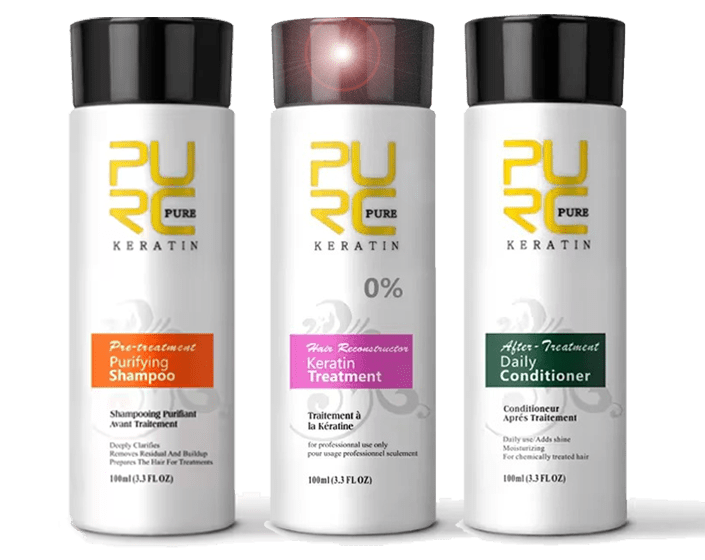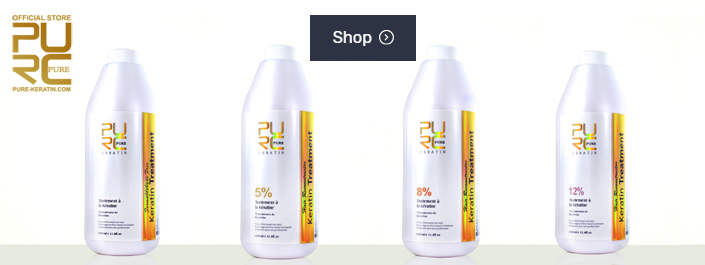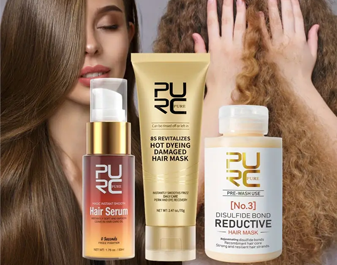7 THINGS YOU ALWAYS WANTED TO KNOW ABOUT HAIR FOLLICLE
PURE KERATIN on 1st Jun 2020
7 Things You Always Wanted to Know About Hair Follicles
7 Things You Always Wanted to Know About Hair Follicles
Outline
- 1. What Are Hair Follicles?
- 2. Hair Follicle Structure and Function
- 3. Difference Between Hair Root and Hair Follicle
- 4. The Role of Keratin in Hair Follicles
- 5. How to Maintain Healthy Hair Follicles
- 6. Common Hair Follicle Problems
- 7. Conclusion
1. What Are Hair Follicles?
The term hair follicle refers to the tiny, tube-like structure located in the dermis from which hair grows. The definition of hair follicle is the part of the skin that anchors the hair into place. Each follicle contains a hair root, which is responsible for the production of new hair cells. The hair shaft, the visible part of the hair, extends from the follicle.
2. Hair Follicle Structure and Function
The structure of a hair follicle consists of several layers, including the outer root sheath, the hair papilla, and the sebaceous gland. The follicle is supplied with nutrients and oxygen by blood vessels at its base, allowing hair to grow. The hair follicle meaning is directly related to its function in hair regeneration.
3. Difference Between Hair Root and Hair Follicle
The hair follicle vs hair root debate often confuses people. The hair follicle is the structure in the skin that houses the hair, whereas the hair root is the portion of the hair located beneath the skin, inside the follicle. In short, the hair root and follicle work together to produce hair.
4. The Role of Keratin in Hair Follicles
Keratin in hair follicles plays a crucial role in hair strength and structure. The hair shaft is composed mainly of keratinized proteins, making hair durable and resistant to damage. A keratinized hair follicle helps protect against environmental stressors. If you are wondering what are hair follicles made of, keratin is a key component.
5. How to Maintain Healthy Hair Follicles
Knowing how to get healthy hair follicles is essential for strong and vibrant hair. To maintain healthy hair follicles, proper nutrition, scalp massage, and the use of gentle hair products are recommended. If you want to learn how to have healthy hair follicles, avoid excessive heat styling and harsh chemicals.
6. Common Hair Follicle Problems
Many people struggle with bad hair follicles, leading to hair thinning and loss. If you’ve ever wondered what does a bad hair follicle look like, they often appear inflamed or clogged with sebum. A hair follicle filled with keratin and sebum can cause scalp issues like folliculitis.
7. Conclusion
Understanding the definition of hair follicles and their function is essential for proper hair care. By keeping your hair follicles and hair roots healthy, you can ensure strong and vibrant hair. Now that you know what is a hair follicle and how it works, you can take better care of your scalp and hair.
For more hair care tips, visit Pure Keratin.



















